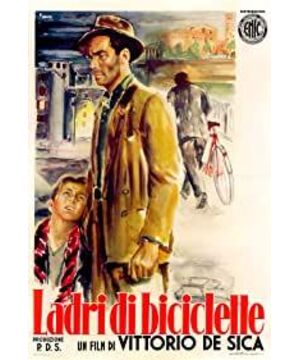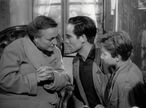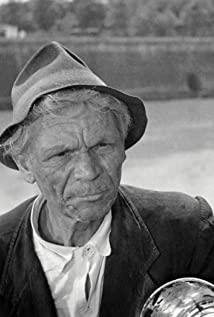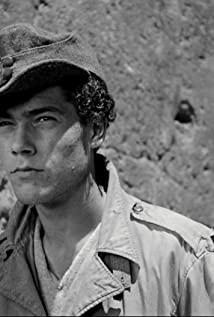As a defeated country in 1948, Italy can be considered to be in a state of ruin. People still have not come out of the pain of the war. Although it is not in the war era, Italy, as a defeated country, must have eaten a lot in signing the surrender agreement. The loss of the film also made the whole Italian society in chaos when the film began in 1944. After all, Italy, which was only declared to be liberated by the Allied forces in 1945, was only promulgated on January 1, 1948. The new constitution, They need to be rescued from time; at this time, a series of famous directors such as Desica were originally founded in the Italian neorealist manifesto. It is a rhetoric that was put forward by Umberto Barbaro in 1943. The actual function of this declaration is only in "criticism", not in "declaration". A series of events linked together, collectively known as Italian Neorealism.
The establishment of the true neo-realism genre started in Rossellini's "Rome, a City Undefended". Using works to establish a genre will always achieve a multiplier effect.
The characteristics of neorealism are easy to find, and I won't repeat it here; but is such a genre an effect they actively pursue: they shout all day long to move the camera out of the street because they don't have the money to go to the studio to set the scene, They shouted to use non-professional actors as much as possible. At that time, there were not many professional actors. Even if they could find them, they could not afford to hire them. They shouted all day long to use natural light, but in fact, the huge lamps at that time could not be moved out of the studio. ;Only three points in the genre can summarize the origin of the style of neorealism: there is no money; fortunately, technology has saved everyone, and the improvement of camera portability and the lower price than before have allowed the director to have more lens language. The pursuit of real scenes shows another progress in film technology (or recording) from another aspect. Desica and the others seem to have grabbed the life-saving straw and started their own creation; In terms of money, Jarmusch is somewhat similar to them. Well, I personally think they are similar.
But the uncertainty of real scenes and non-professional actors not only makes the director pay more attention to such a problem (in terms of scenes, it is ignored in white phone dramas, only luxury is left), the most important point is that the film The creators have made the story more exciting. Just like this film, a simple story can be told wonderfully. The script needs to be carved one at a time. In fact, in the process of creating new realism, everything All are unknown, only the script is known.
In terms of grasping the subject matter, paying attention to the suffering of individuals and society, in fact, for the director, it is not to discover suffering, but to say good suffering, but it is also very difficult to just "say good suffering". Not only did the protagonist spend a lot of pen and ink in portraying the protagonist, at the same time, in the process of looking for a bicycle, the slapstick in the church was quite interesting and full of metaphors. In terms of the characters' emotions, the protagonist and the child became complementary in relationship. After the quarrel, the path setting is always separated by trees, cars, and crowds, creating a sense of alienation between the two generations. The restaurant settlement can be seen as a kind of inheritance of suffering. In the end, the two were lost in the crowd. Directly referring to the vast beings, these are the unique aspects of how Desica embodies personal and social suffering, and basically no one can do it better than him.
Italian neorealism only existed for a short period of 6 years, not only that they could not find a realistic creative program, there was no aesthetic program (in fact, this led to the division of the camp), and there was no guidance for the direction of film theorists. More importantly, the suffering reflected by Italy's neorealism did not last long. After joining NATO in 1949 and Eurosteel in 1952, Italy was even more in a complex political environment, limited to ordinary people. At the same time, "showing one's own suffering to obtain the pursuit of art" is despised by the state, and even more attacked by policies and public opinion (will it be similar to a certain country); perhaps, we are in In this short period of 6 years, I have read history from text and learned art from history; even now it seems that "carrying a camera on the street" is more of a habit, but I am not surprised or amazed by it. It's just a revolution. Neorealism is inevitable. Personally, I prefer "art for art's sake" and "art for the sake of art" and "the tone of art has nothing to do with politics".
View more about Bicycle Thieves reviews











